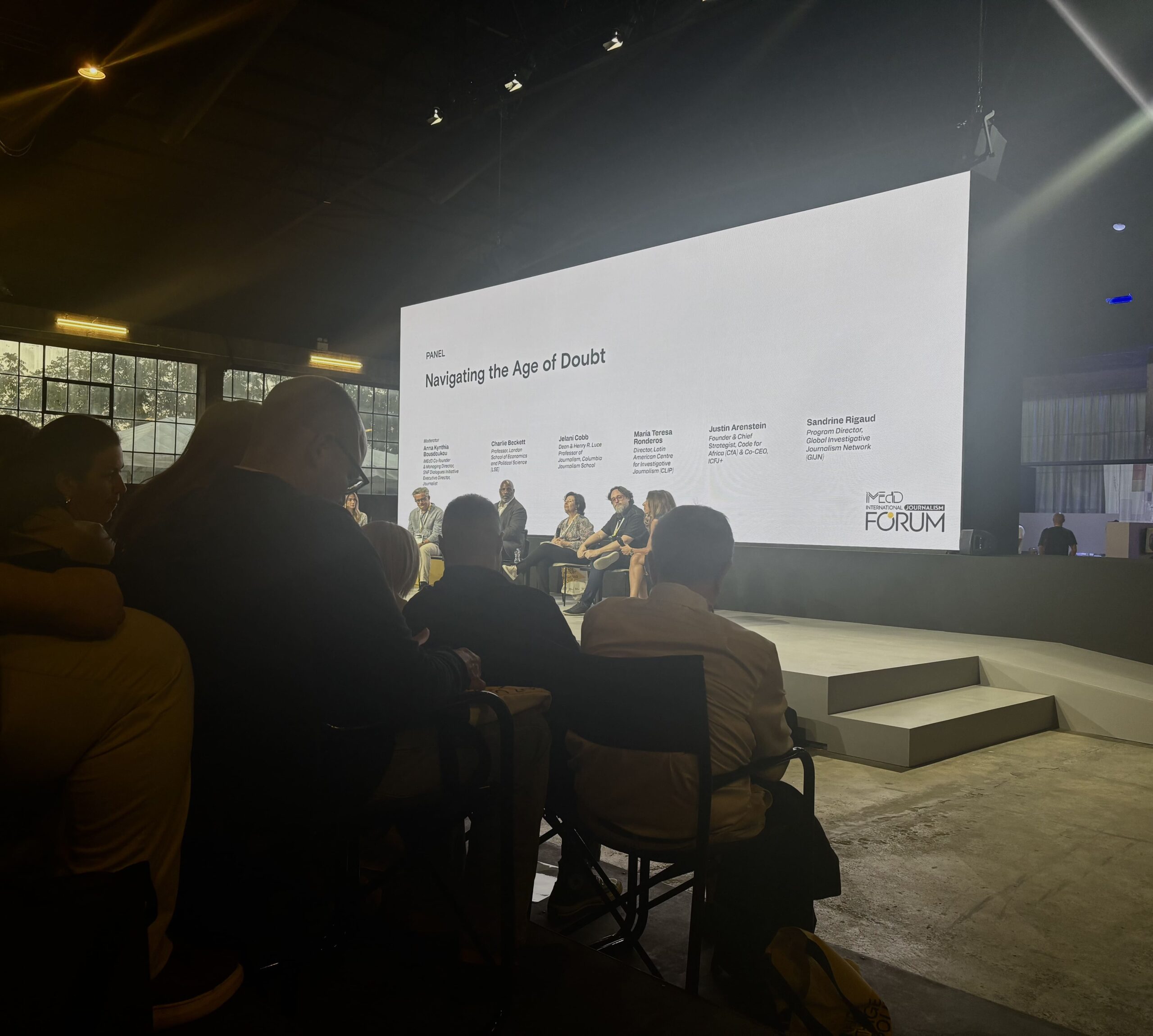(NEW YORK) — From the defiant Zoot Suits of the 1940s to the iconic hairstyles that became symbols of Black pride in subsequent decades, the heartbeat of American fashion has undeniably been shaped by Black culture. It’s this vibrant legacy that makes the title of Lindsey People’s article for The Cut, “Everywhere and Nowhere: What it’s Really Like to Be Black and Work in Fashion,” resonate deeply.
As the Editor-in-Chief of The Cut, People’s voice carries weight, not merely as a representative of her community but as an embodiment of advocacy journalism. With the meticulous use of collective memory work, she paints a vivid picture of the nuanced, often painful experiences faced by Black professionals in the fashion realm, all while upholding the ethical pillars of journalism.
To be clear, systemic racism isn’t groundbreaking news. Black and Brown individuals in all industries grapple with the effects of bias. What makes People’s work credible in the context of advocacy journalism and cultural reporting is her use of a research tool known as collective memory work. This method involves participants recalling, examining, and analyzing their memories within a broader cultural context. By capturing the narratives of a diverse group of Black professionals, from stylists to editors, she showcases a shared yet distinct struggle against the backdrop of a predominantly white, exclusive industry.
Drawing direct quotes from these interviews, Anok Yai, a model, says, “My biggest frustration in the industry is the lack of hairstylists that know how to care for Black hair.” In a similar vein, Chrissy Rutherford, then senior digital fashion editor at Harper’s Bazaar, discloses, “Part of the reason why I had an easy time getting a job is because I’m tall and skinny. Maybe that helped “balance” my being a Black girl. It’s all about the optics.” These experiences are rooted in racism but nuanced in their own right.
Interweaving her narrative, People recounts an unsettling episode where a Black HR manager cautioned her about the potential repercussions of having a specific song lyric as her profile background. This incident highlights a pervasive issue—Black individuals, especially Black women, cannot separate their sociopolitical identity from their jobs. In a white world, Black people are frequently reminded of their ‘otherness.’ In this instance, even other Black folks will remind each other to assimilate.
Journalism, akin to fashion, grapples with the paradox of objectivity. In the words of Wesley Lowery in his New York Times article ‘A Reckoning Over Objectivity, Led by Black Journalists,’ “the views and inclinations of whiteness are accepted as the objective neutral.” For Black and Brown journalists, the pursuit of this elusive objectivity is fraught with challenges. They shouldn’t bear the burden of balancing the public’s need for information against the potential harm or discomfort their advocacy might stir for white folks. The industry thrives when it embraces diverse voices. Relinquishing the rigid notion of objectivity, People’s work stands as a testament to the pressing need to have black folks speak on black folk’s business.
![Collage of famous Black women in the media [credit. Delphine Diallo]](https://theclick.news/wp-content/uploads/2023/12/Collage-of-famous-Black-women-in-the-mediacredit.-Delphine-Diallo-1024x682.jpeg)

